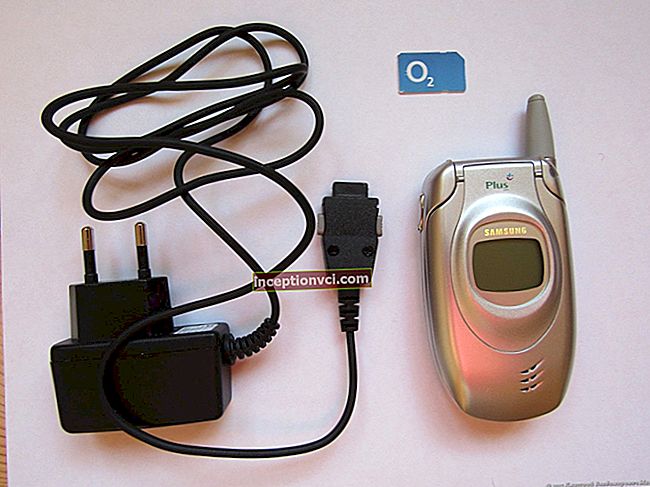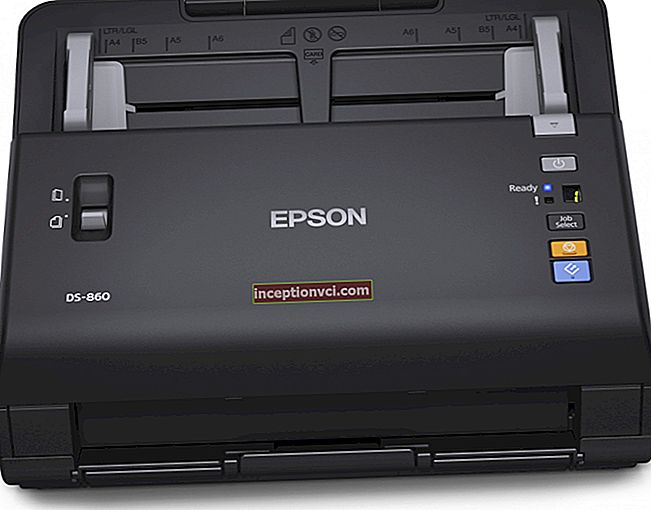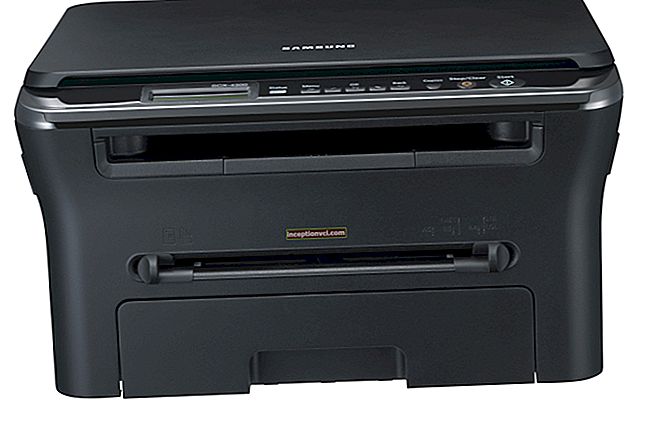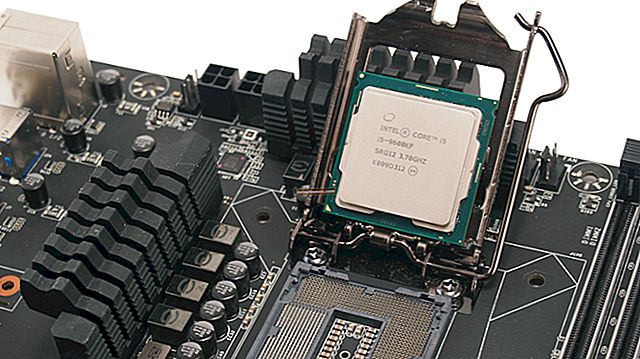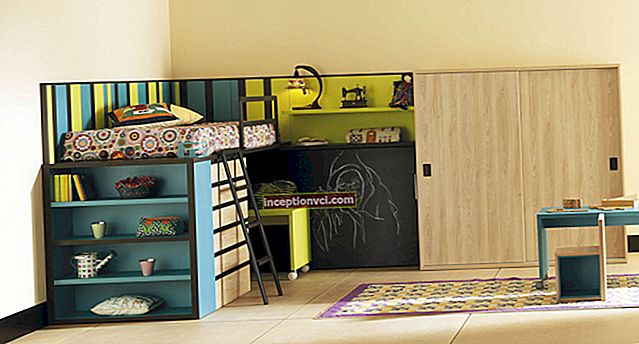Remove the tray from the boiling water and bite it with your teeth. As you do this, draw in the air in order to press it harder against your teeth. Hold this for three to five minutes and dip the mouthguard into cold water in order to "harden" the impression. In case of failure, you can always re-digest the mouthguard.
Mouthguard is an obligatory attribute of a participant in contact martial arts and team sports. This soft pad absorbs up to 40% of the impact, while protecting your teeth.
 Without a mouth guard, a judge will never allow an athlete to fight in his life. Neither professional nor amateur martial arts. And that's why:
Without a mouth guard, a judge will never allow an athlete to fight in his life. Neither professional nor amateur martial arts. And that's why:
- it will protect the teeth from knocking out and chips that can get into the larynx;
- will protect the oral cavity from cuts and lacerations;
- will absorb the impact force that passes from the jaw to the temporal parts.
The mouthguard is used in contact martial arts, hockey, American football, alpine skiing, sometimes in football and basketball.
Types of mouthguards
- Single jaw (unilateral) are the most popular. They do not impede the breathing and speech of the athlete, and with a properly fitted shape, they are almost not felt in the mouth. For contact types of martial arts, they are worn on the upper jaw. The choice of professional athletes.

- Double jaws (double) provide better protection than single jaws. But because of their design, they make breathing very difficult. Even the air holes don't help much. Suitable for beginners and women - they are as protected as possible at the initial level of training.

Choice of mouthguards for price and quality
- Cast (standard)
The cheapest. Due to the thin design, the risk of biting through the mouthguard and injuring the oral cavity and teeth increases. Poorly fixed. They have minimal protective functions.
- Thermoplastic (thermocaps)
Most popular among amateur athletes. Perfectly fits the jaw and bite - just heat them in hot water. They perfectly fix the jaw and increase shock absorption. Often they are made of a multi-layer structure: hard and soft materials.

- Individual (professional, like V. Klitschko's)
The most expensive ones. They are made according to an individual impression of the jaw and bite at a sports dentist. Maximum protection for the oral cavity and teeth. High shock absorption and the ability to increase the stability of the athlete. Excellent shock absorption and stability. For professional athletes.
Read: "Types of gloves for martial arts: how to choose for MMA"
How to choose the right mouthguard by material
- Thermoplastic (elastic polymer)
The most popular material for mouthguards. Durable and flexible. When heated, it is easily formed into the desired shape.
- Gel material
These models are very soft and can be bitten through. Some of them are made with the addition of a helium layer for a softer effect on the teeth.
- Rubber
Used in some models. Rubber mouthguards are harder than thermoplastic ones. They transmit the impact to the teeth and gums harder.
Which mouthguard is better to buy: their features
Manufacturers experiment and constantly improve their products with "chips". You can buy flavored trays (with a refreshing mint or orange flavor). This will leave a good taste in your mouth during training and competition.
We took into account manufacturers and people with braces. We made a mouthguard for braces, which, due to its shape, fits the teeth as much as possible.
 Mouthguards with straps are used in American football or ice hockey. If you fasten it to the helmet, it will remain in place, even when flying out, or during a break. Saves time on hectic pocket searches.
Mouthguards with straps are used in American football or ice hockey. If you fasten it to the helmet, it will remain in place, even when flying out, or during a break. Saves time on hectic pocket searches.
How often to change the mouthguard
Children's models should be changed depending on the anatomical and physiological changes in the oral cavity, that is, the growth of the jaw. Adults change when they wear out. Bitten? Throw it away - you may damage your teeth and mouth.
Care of the mouth guard
Store it in a ventilated box (box). Otherwise, the product will get an unpleasant odor.
 After each workout, brush it with a toothbrush and toothpaste. Remove plaque that remains after close contact with the teeth.
After each workout, brush it with a toothbrush and toothpaste. Remove plaque that remains after close contact with the teeth.
Do not expose the tray to high temperatures. The jaw will deform and lose its shape.
Useful article: "Helmet for martial arts and for Thai boxing"
Mouthguards: which are the best
Ideal mouth guard:
- holds firmly on the teeth;
- does not interfere with the bite of the jaw;
- not felt in the mouth;
- does not cause discomfort and gag reflex;
- does not interfere with breathing and when talking;
- not thin and moderately thick:
- 3-4 mm front side;
- 2 mm - from the side of the sky;
- 3 mm - bottom side;
- no toxic odor.
Be careful!


